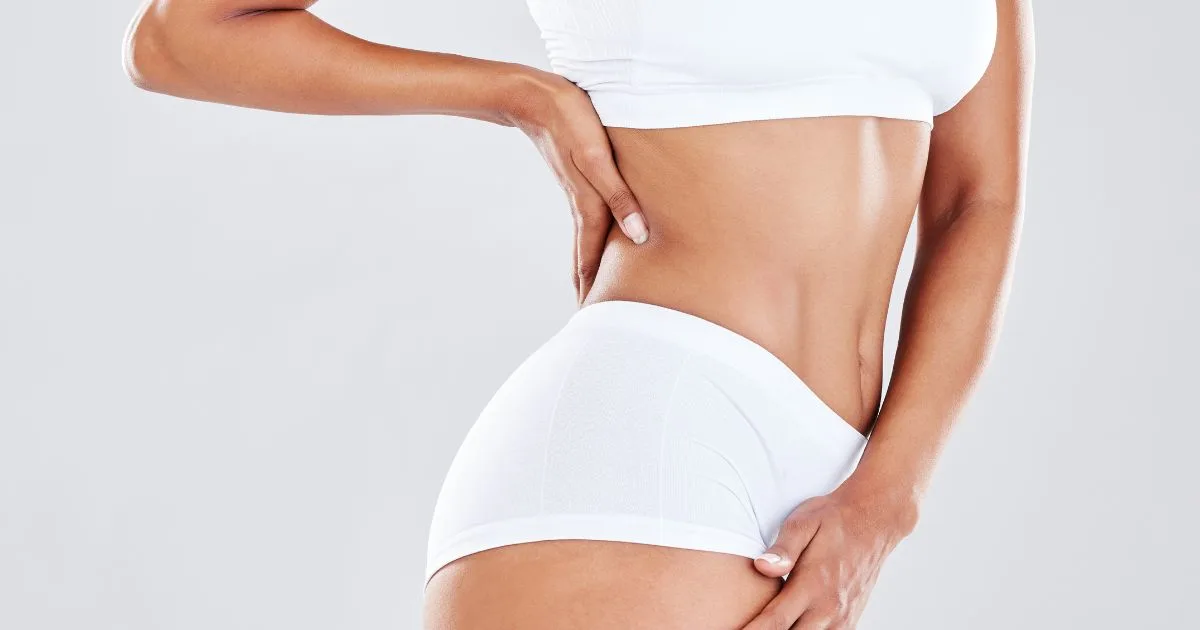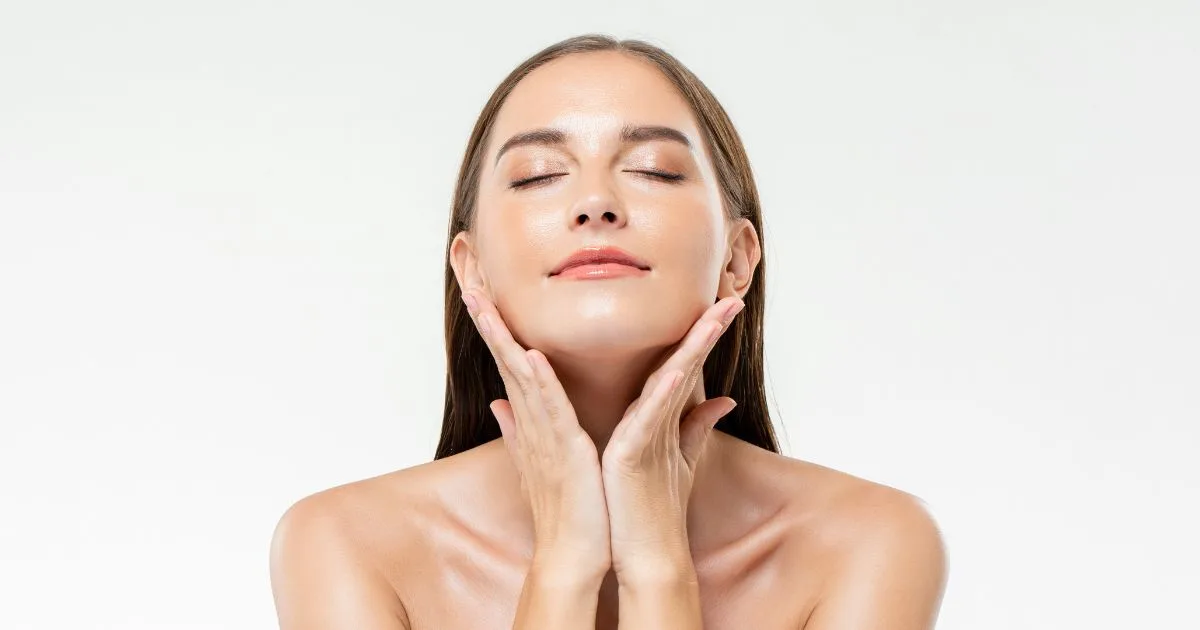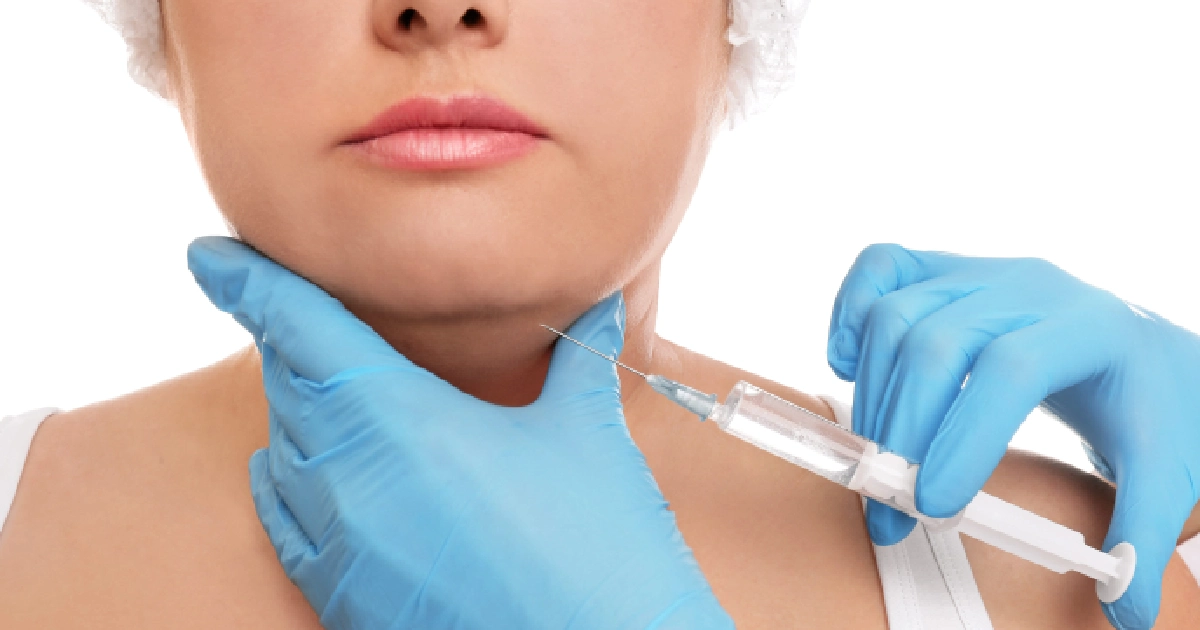People with thick hair or simply wanting to remove unwanted hair have turned to waxing as the easiest method to do so. Waxing is a hair removal technique from different body parts by applying a thick wax, heating it, and then pulling it in the opposite direction of the hair growth. The best benefit of the waxing procedure is that the hair doesn’t grow back very quickly as it removes the hair from the root.
What’s The Appropriate Hair Length For Waxing?
For optimal results, the hair should be between 1/4 an inch and 1/2 an inch before the waxing appointment. It is vital to keep the hair within this range when going for a wax. It’s not because it hurts less, unfortunately.
The real answer has a bit more to do with science. A short length helps guarantee complete removal of the hair. At the same time, it ensures that the wax gets a good grip on the hair.
Who Are Good Candidates For A Waxing Treatment?
The ideal candidates for the hair removal procedure are those who want to remove unwanted facial or body hair with an appropriate length for waxing. Although it’s safe, waxing is not recommended for candidates who have skin that might be more sensitive to waxing or if taking the following medications:
- Antibiotics
- Hormone replacement therapy
- Hormonal birth control
- Accutane
- Retin-A or other retinol-based creams
How To Prepare Before The Waxing Procedure?
Apart from growing the hair to the proper length for waxing, there are a few more things to do before going through the procedure, including:
- A day or two before the wax, gently exfoliate the skin.
- Forgo taking a bath or shower immediately before the treatment. This is because wet skin is difficult to wax, increasing the “ouch” factor, but make sure the area to wax is clean when arriving at the waxing salon.
- Check in with the doctor about any current medications. Certain medications may cause hypersensitivity during a wax. This can leave the skin prone to injury.
What To Expect During The Waxing Treatment?
Waxing involves a warm mixture applied to the skin and removed quickly once it cools. During the treatment, the skin is cleansed, and warm wax is put on the treatment area. The patient will be asked to sit, relax, and wait until the wax cools.
It’s crucial for the wax to cool because it firms the hair strands and gets a tighter grip resulting in optimal hair removal. Once the wax is cooled, the aesthetician removes the wax strip quickly. There may be a short-term discomfort that subsides within a few hours.
What To Expect After The Waxing Treatment?
Since everyone’s skin reacts differently to waxing treatments, it is expected to have temporary redness and minor irritation following the treatment for a day or two. In addition, slight itchiness may also be experienced as the hair grows. In that case, proper post-wax care can alleviate these symptoms quickly.
The results of a waxing treatment are immediately noticeable after the procedure. Following the aftercare skin care instructions can extend the results of the waxing sessions. Maintenance treatments are generally needed every two to four weeks, with each procedure lasting thirty minutes.
Is Waxing Safe?
Waxing does fall into a category of hair removal that some people might categorize as painful. Still, it can also be seen as more convenient and less time-consuming than other methods, such as shaving or plucking.
Hence, waxing is safe and an especially good option for those who want to keep their skin smooth and free of hair for long periods. As indicated, side effects from waxing are typically minimal and resolve within a few hours to one day following the waxing session.
How To Prevent Ingrown Hairs After Waxing?
It is recommended to avoid the following to the waxed areas for the next 24-48 hours.
- Do not use exfoliating products, such as Alpha-Hydroxy Acid (AHA) products, loofahs, scrubs, etc.
- No direct sun exposure and tanning beds.
- Do not use creams with fragrances or ingredients to avoid irritation.
- Avoid using deodorant as it will result in irritation and clogging of open follicles.
- Don’t wear tight clothing to prevent irritation and inflammation.
- No excessive heat, such as hot tubs and saunas, but a warm shower is fine.
- Avoid exercising since it may cause chaffing or sweating.
- No touching on the freshly waxed area, as this encourages irritation.
After 24-48 hours, regular exfoliation with a shower gel and loofah or exfoliating glove will help keep skin soft and prevent ingrown hairs. Apply an SPF 30 or greater sunscreen to any exposed treatment areas. Since waxing exfoliates as well as removes hair, the skin will be more prone to sunburn in the days following the treatment.
How Often To Get A Waxing Treatment?
The recommended treatment is every four to five weeks. Keep in mind that regular waxing is important. The skin will be less sensitive if waxing is done regularly.
Over time the hair follicle will have less and less of a grip on the hair to be pulled, and the hairs will come out more quickly.
Another reason to wax frequently is that one may experience less hair growth over time.
Can Waxing Make The hair Grow back Thicker Or Darker?
One benefit of waxing is that it does not cause the hair follicle to grow more. In fact, when one becomes a regular waxer, the hair will become relatively sparse and not as coarse.
On the other hand, the hair is cut off at the thick part of the hair when shaved. However, properly waxed hair is removed from the root, and when the hair starts to grow back, the new hair becomes very fine at the tip
, and there is no stubble.
The Bottom LineWax hair removal is one popular type considered a semi-permanent treatment, removing the hair by its root. Royalty Wellness Spa offers Waxing, a method that efficiently reduces hair and has minimal side effects. At Royalty Wellness, we use natural ingredients on your skin that are gentle and perfect for sensitive types, causing no reactions.







